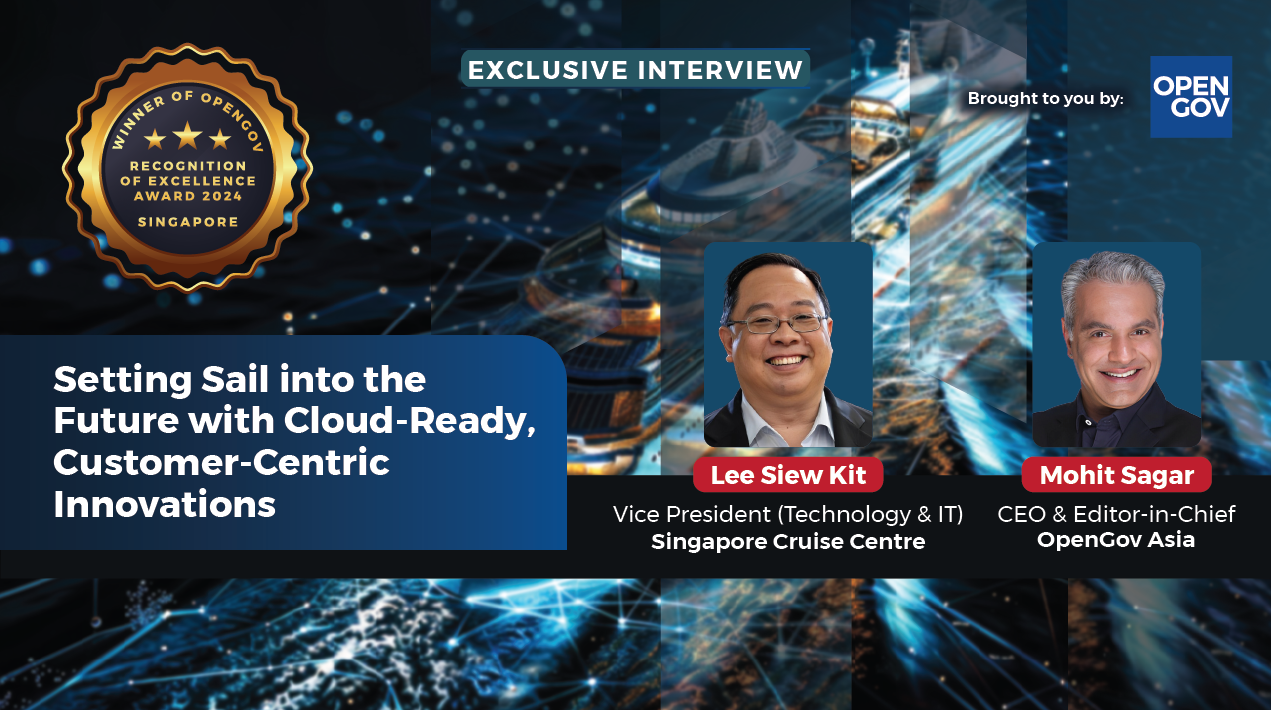
A team of researchers from the University of Wollongong (UoW) has made a significant breakthrough by developing a cutting-edge smart sensor system, including a unique ‘MossCam’ webcam technology, to remotely monitor the growth of moss beds in Antarctica.
The innovative technology enables scientists to gather and analyse continuous images and data about the Antarctic environment, providing valuable insights for ongoing research. This milestone achievement presents a noteworthy contribution to scientific progress and further expands the current knowledge base in the field of Antarctic research.
In December, a group of researchers from the Securing Antarctica’s Environmental Future (SAEF) research program embarked on a mission to study the Antarctic moss beds. The team used advanced technologies such as drones, specialized sensor systems, and cutting-edge artificial intelligence (AI) and machine learning techniques to facilitate their research efforts.
Among the researchers who undertook this mission were UOW Senior Research Fellow Dr Johan Barthélemy and UOW moss biologist Ms Krystal Randall, both of whom brought their specialized expertise to the project. According to Ms. Randall, mosses play a crucial role in Antarctica as they are the primary form of vegetation in the region.
Mosses in Antarctica are commonly known as the forests due to their significant role in providing habitat for the region’s terrestrial biodiversity, including tardigrades, fungi, and bacteria. Moreover, they are vital in regulating the levels of carbon dioxide in the atmosphere and insulating permafrost soils in ice-free areas. By monitoring the moss beds, researchers can gain a better understanding of the impact of climate change on Antarctica and track its changes over time.
Over the past two decades, the moss beds in the vicinity of Casey Station have been subject to consistent monitoring, revealing notable changes in their composition attributed to ozone depletion and a decline in their overall health. Given the critical role of Antarctica in the global ecosystem, changes in this region can lead to significant ripple effects across the planet.
In this context, the three experts formed a specialised research team with a crucial mission. The team co-designed an innovative platform using Artificial Intelligence of Things (AIoT) to enable continuous data transmission from Antarctica to the moss biologists during their field trip. This unique platform has proven invaluable in facilitating the remote monitoring of the moss beds and gathering real-time data for further analysis.
The success of the project can be attributed to the distinct areas of expertise contributed by each researcher. Collaborating closely, the three experts jointly developed the AIoT platform, with Mr. Henness assembling and programming it initially. Dr. Barthélemy led the AIoT team and played a critical role in programming the platform, constructing the dashboard, and designing and configuring the network infrastructure and data pipeline.
Upon the platform’s arrival at Casey Station, Dr. Barthélemy and Ms. Randall installed it, with Dr. Barthélemy conducting tests and debugging to ensure proper functionality. The project also saw the contribution of several other researchers. Their contributions to the project helped to enhance the AIoT platform’s capabilities and further understanding of the moss beds in Antarctica.
The platform will help moss biologists fill data gaps between field seasons, validate microclimate models, identify data patterns using AI as well as provide imagery to establish direct causality for changes in moss health.
The platform’s importance will be particularly significant in examining the influence of extreme events such as heatwaves, which are becoming more prevalent in Antarctica. By providing continuous and reliable data, the AIoT platform will enable researchers to study the impact of these events on the moss beds and the environment.
The MossCam and smart sensors are integrated with the AIoT platform, which has the capability to process data on-site before transmitting it. This allows the device to conserve bandwidth by only transmitting pertinent data to the end user. The processing can range from basic algorithms, such as sending data only when the temperature exceeds a predetermined threshold, to advanced intelligent models that involve image processing, intelligent video analytics, anomaly detection, and noise processing.
Continuous monitoring of the moss beds will enable Ms Randall to create a microclimate model for the region, which will aid in the assessment of the health status of the mosses. It will also aid in identifying areas that are at risk of becoming stressed in the future.
This season, the focus will be on testing the components and sensors to be included in the platform, along with the LoRaWAN wireless data transmission protocol, which operates with low bandwidth and low power consumption over long ranges.
The monitoring of the moss beds involves not only the MossCam but also several other sensors, such as a weather station that captures ambient air temperature and humidity, a thermocouple that measures the temperature of the moss canopy, a light intensity sensor that measures photosynthetically active radiation (which is crucial for plants), and a heat flux sensor that monitors the energy exchange between the soil and the near-surface air.
During the 2022/23 summer season, the researchers piloted the platform in Antarctica, with the intention of leaving it there for a full year next season. They have now returned to Australia and created a public dashboard that shows historical data of their recent moss monitoring.
















